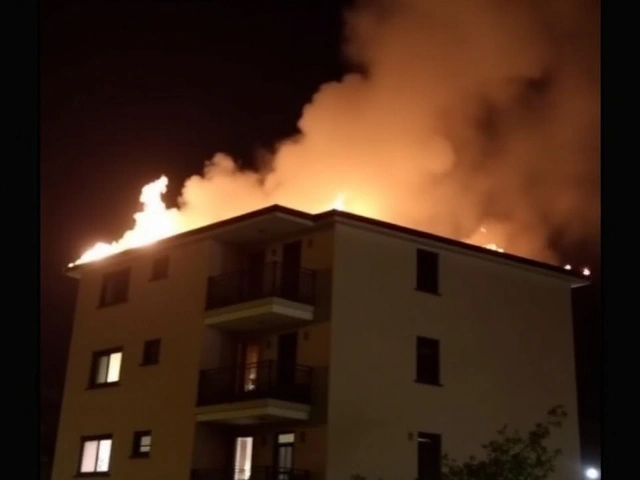Catastrophic Floods in Southern Brazil: Death Toll Rises with Widespread Displacement
Introduction
The southern region of Brazil is currently grappling with one of the worst floods in its recorded history, which has dramatically affected the lives of thousands and caused significant infrastructural damage. The national civil defense agency's latest reports from May 5, 2024, indicate that at least 55 individuals have lost their lives due to the relentless onslaught of floodwaters and mudslides. Furthermore, these natural disasters have forced more than 70,000 residents to flee their homes in search of safety.
Impact on Porto Alegre and Surrounding Areas
One of the hardest-hit areas includes Porto Alegre, a principal city in Rio Grande do Sul, where fast-rising water levels have compromised the stability of dams and led to the Guaiba River reaching unprecedented heights of 5.04 meters. This surge has resulted in extensive flooding of residential neighborhoods, prompting urgent evacuations. In addition to the immediate dangers posed by the floodwaters, over a million inhabitants are now facing a severe crisis due to the lack of access to potable water, escalating the risk of waterborne diseases.
The Humanitarian Crisis: Injuries, Deaths, and Displacements
Alongside the tragic loss of life, the floods have inflicted injuries on at least 74 people, while 67 others remain unaccounted for, sparking extensive search and rescue operations. The large-scale displacement has overwhelmed local resources and emergency services, who are struggling to provide adequate shelter and necessities to the displaced populations. This situation has catalyzed a substantial humanitarian response both domestically and internationally.
Cause of the Catastrophe
Experts have linked this extreme weather event to a combination of factors including the adverse effects of global warming and a significant El Nino weather pattern. This disastrous mix has exacerbated the rainfall and subsequent flooding, demonstrating a clear example of how climate change can amplify natural disasters.
Government Response and Future Challenges
In response to the disaster, Rio Grande do Sul's Governor, Eduardo Leite, has made a poignant call for a comprehensive recovery plan akin to the Marshall Plan, emphasizing the need for substantial investment to restore the affected regions. The state's proactive steps towards rehabilitation and future disaster mitigation will be crucial in managing the socioeconomic fallout and preparing for potential future emergencies. Recovery efforts will also focus on rebuilding infrastructure, revitalizing the economy, and ensuring a resilient framework to withstand similar events.
Conclusion
This disaster underscores the volatile nature of climate-related events and the need for increased environmental and infrastructural resilience. For Porto Alegre and the broader region of Rio Grande do Sul, the road to recovery will be long and fraught with challenges, but with a coordinated response and international cooperation, progress can be made towards a sustainable future.






